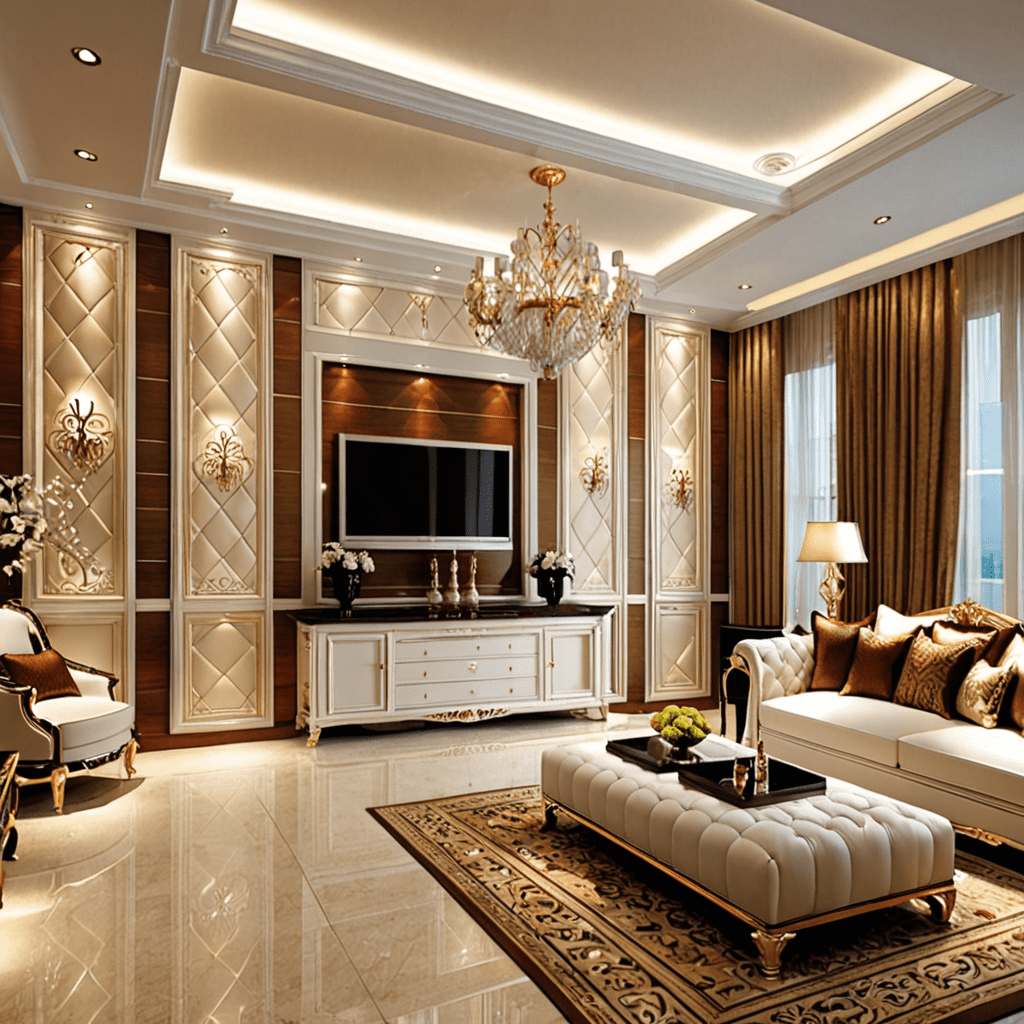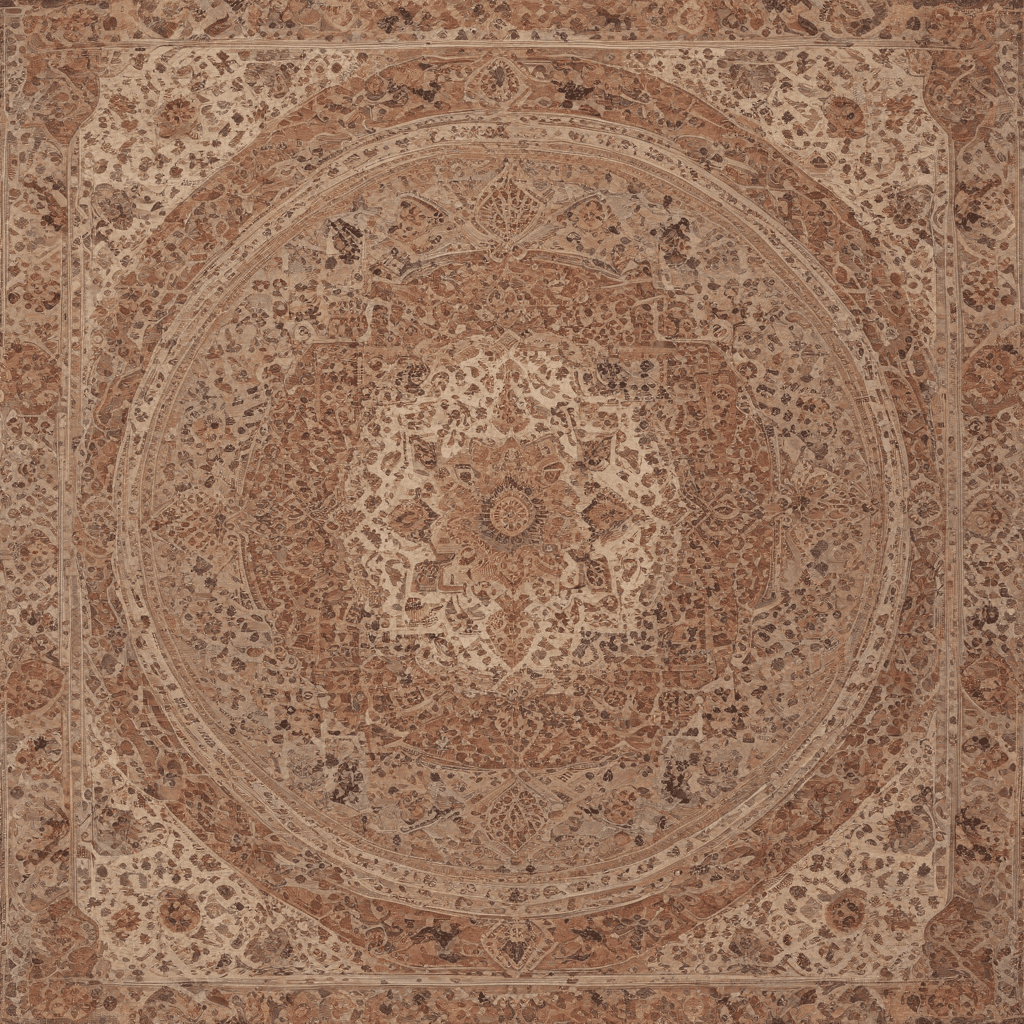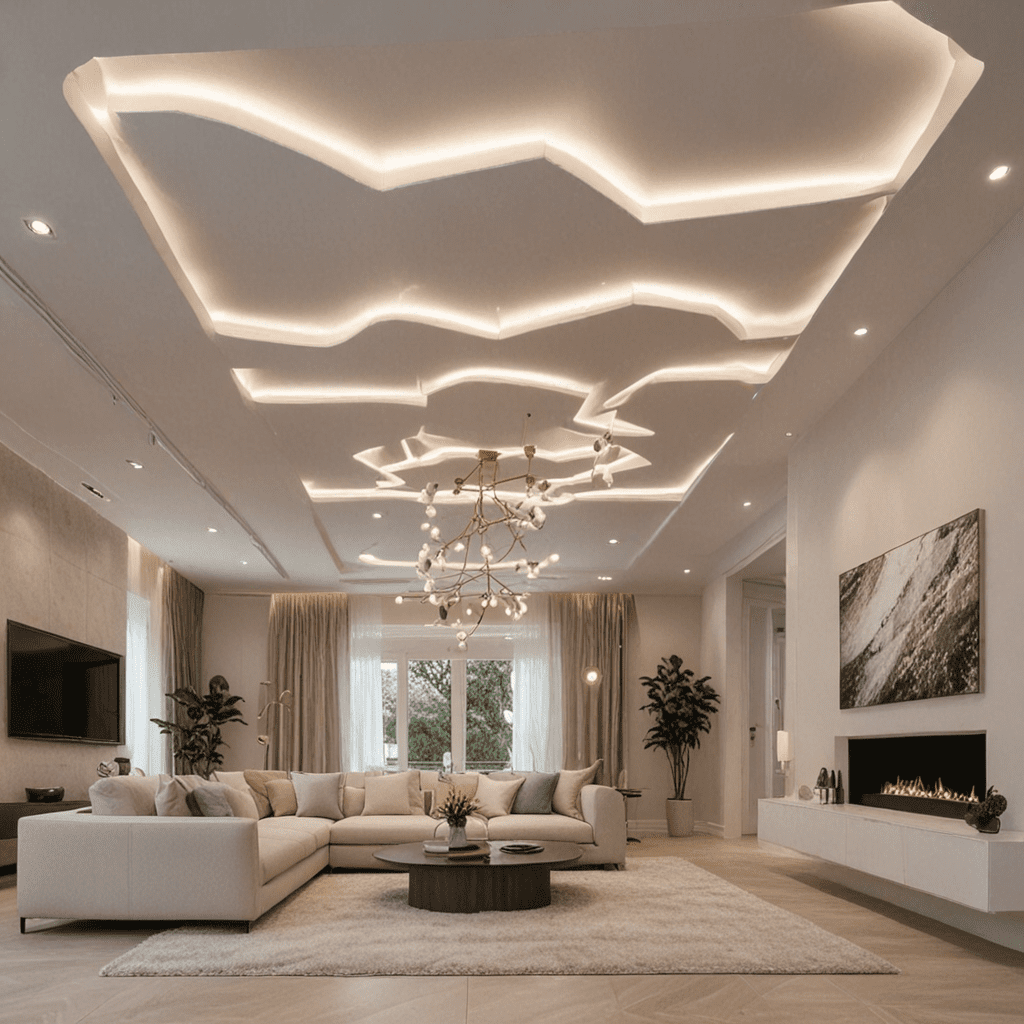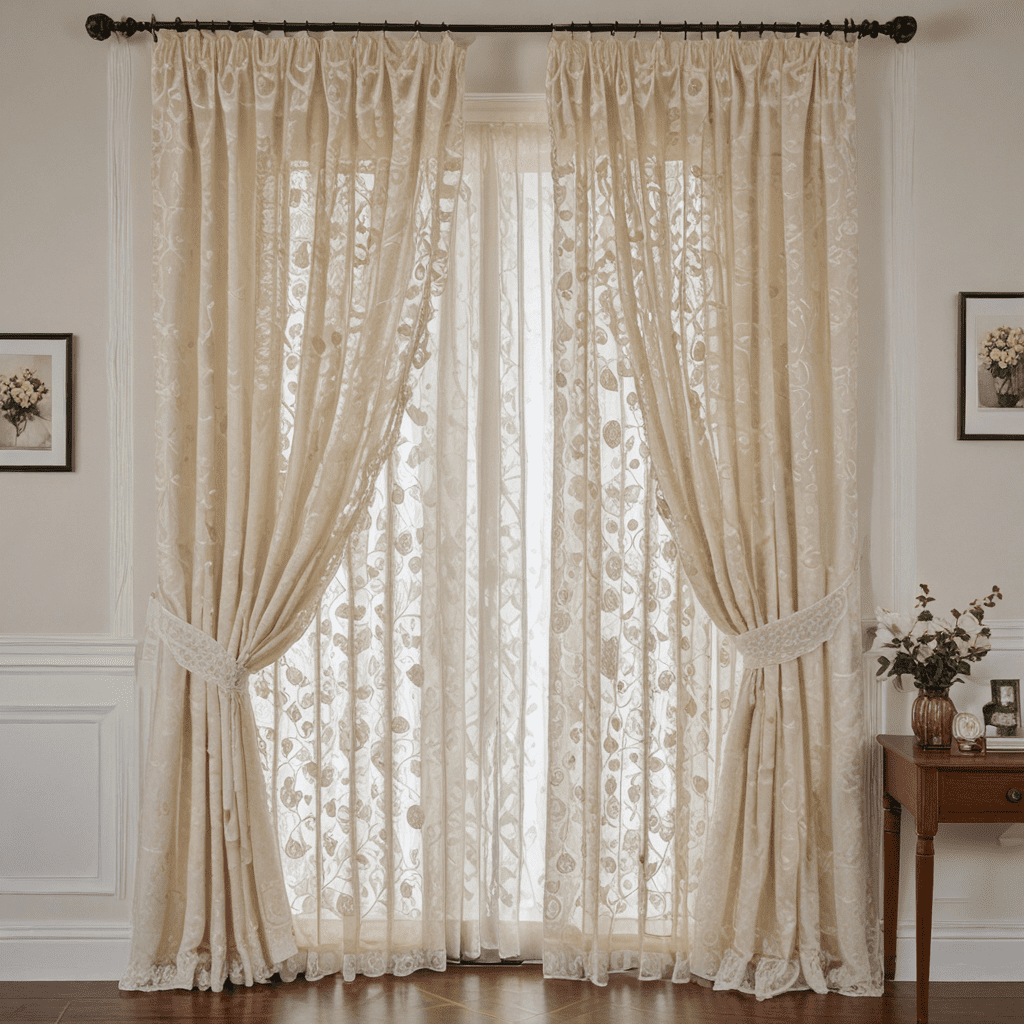Understanding the Importance of Form in Interior Design: An Essential Guide for Creating Stunning Spaces


Understanding the Importance of Form in Interior Design: An Essential Guide for Creating Stunning Spaces
Introduction
When it comes to interior design, one of the fundamental aspects to consider is form. Form refers to the shape and structure of objects and elements within a space. It plays a vital role in creating visually appealing and cohesive interiors. By understanding the concept of form and how it impacts design, you can effectively transform any space into a stunning and harmonious environment. In this article, we will explore what form means in interior design and its essential role in creating beautiful spaces.
Defining Form in Interior Design
Form in interior design refers to the shape, structure, and three-dimensional aspect of objects, furniture, architectural elements, and overall space. It encompasses the visual appearance and physical attributes of these components, contributing to the overall aesthetic and functionality of a room. Form can range from geometric shapes to organic and fluid designs, and it influences how we perceive and interact with our surroundings.
Creating Balance and Proportion
One of the key purposes of considering form in interior design is to achieve balance and proportion. A well-balanced space feels visually pleasing and harmonious, while proportion ensures that the sizes of different elements are appropriately distributed. By carefully selecting and arranging furniture and objects with varying forms, you can create a sense of equilibrium and establish a cohesive atmosphere.
Enhancing Visual Interest
Form is also crucial in adding visual interest to a room. Incorporating elements with different shapes and silhouettes creates contrast and adds variety, preventing monotony in the overall design. By juxtaposing curved and straight lines, symmetrical and asymmetrical forms, you can generate a dynamic and captivating space that catches the eye and sparks intrigue.
Emphasizing Focal Points
Utilizing form effectively enables you to emphasize focal points within a room. Focal points are areas or objects that draw attention and become the center of visual interest. By choosing elements with distinct forms or unique shapes, you can guide the viewer’s gaze towards specific areas you wish to highlight. This can be accomplished through standout furniture pieces, architectural details, or artwork with interesting forms.
Form and Functionality
While form primarily focuses on visual aesthetics, it is essential to strike a balance with functionality. Furniture and objects with pleasing forms should also serve their intended purpose efficiently. When selecting items, consider both their visual appeal and practicality. A well-designed space not only looks great but also functions seamlessly, enhancing the overall user experience.
FAQ
1. How can form be incorporated into a small space without overwhelming it?
When working with a small space, it is crucial to choose furniture and objects with streamlined and compact forms. Opt for pieces that have clean lines and minimal embellishments. Additionally, selecting lighter colors and reflective surfaces can create an illusion of more space while maintaining a sense of openness.
2. Can contrasting forms be combined in a cohesive design?
Yes, contrasting forms can be combined effectively to create a cohesive design. The key is to establish a visual connection or a common element between the contrasting forms. This could be achieved through color, material, or repeating patterns. By creating a unifying factor, the contrasting forms can complement each other harmoniously.
3. How can form influence the mood of a room?
Different forms evoke different emotional responses. For example, curved and soft forms tend to create a calm and inviting atmosphere, while angular and sharp forms can introduce a more energetic and dynamic vibe. By considering the desired mood and selecting forms that align with it, you can effectively enhance the overall ambiance of a room.
4. Can form be incorporated into architectural elements?
Absolutely! Architectural elements provide an excellent opportunity to incorporate unique and distinctive forms into a space. Consider elements such as arched doorways, vaulted ceilings, or interestingly shaped windows. These architectural features not only add character but can also serve as focal points, enhancing the overall aesthetic appeal of the room.
5. Is form more important than color in interior design?
Both form and color play significant roles in interior design. While form determines the shape and structure of objects, color adds visual interest and sets the mood. The ideal approach is to strike a balance between the two, ensuring they complement each other and work harmoniously to create a cohesive and visually appealing space.
6. Can form be changed without replacing furniture or objects?
Yes, the form of furniture and objects can be altered without completely replacing them. By employing various techniques such as reupholstering, refinishing, or adding decorative elements, you can modify the appearance and form of existing pieces. This offers a cost-effective way to refresh the look of a space while retaining familiar and functional items.
In conclusion, form is a crucial aspect of interior design that greatly impacts the overall visual appeal and functionality of a space. Understanding how different forms interact with each other and the overall atmosphere can help you create stunning interiors that reflect your style and cater to your specific needs. Remember to strike a balance between form and functionality, and utilize contrasting forms to add interest and focal points. By paying attention to form, you can transform any space into a harmonious and visually captivating environment.


